Ok, I cheated – I forgot to publish this on Wednesday! Nevertheless, here goes. I did not get my TAST project finished last time, but I did make progress. Because I am behind there, and also because I cannot see myself filling up a pennant with the satin stitch, I am skipping this week’s challenge. Anyway, the TAST WIP is the rice stitch:
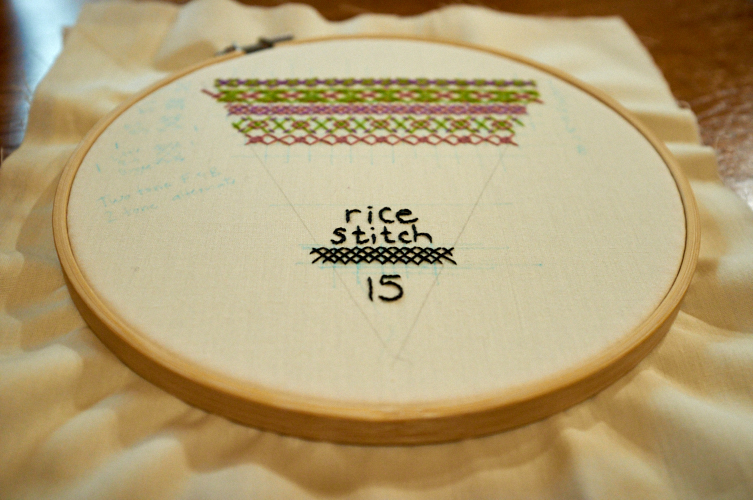
And, when I was making the cassette pouch from Lysa Flower, I made quite a mess as you might recall. I spent a portion of time tidying up and I noted that I still have gobs of fabric I inherited from my gramma. I decided to make something big to try to use some of it up. That plan didn’t pan out as well as I had hoped as I won’t be using very much, but I did embark on a quilt (and yet, didn’t I say here that you probably wouldn’t find me making a quilt just because? Sheesh.) I am using her fabrics, but just not enough to make a dent. That said, I am getting to use a lot of different kinds of fabrics (hers and mine) and, for the first time, the “cheater” way for appliqué using double-sided fusible webbing. Check out my fabric “stickers” below:
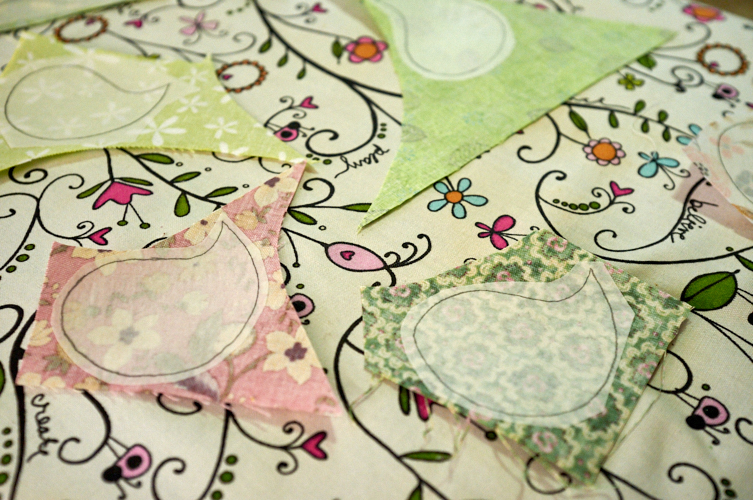
Learning about this method of appliqué has been fun. It is simple so I understand the draw to it, but I think it is like the argument of machine quilting versus hand quilting. I will always prefer hand quilted items, followed by master machine quilters (the ones who do custom work), and then lastly the standard machine quilting you’ve seen me use here. I, too, will always prefer needle-turned appliqué in comparison to this “sticker” type.
Now, one really cool thing I learned, which was quite by miserable accident, is a unique characteristic of dryer sheets. Once during my sticker creation, I accidentally fused the webbing directly to my hot iron. “Egads,” I shrieked! I immediately reached for my iron-out, but then I paused to think. A quick google search brought me to Make-It-Do’s Dyer Sheet Thrift post (her link to the original article at Real Simple is no longer valid). I was skeptical at first, but holy cow, that was magic! All you have to do is let your iron cool enough to touch it (set it to low heat), wad up a dryer sheet, and scrub the mess away. Then carefully clean up the oil residue that eeks out of the sheet. Ta-da! I did follow it up with iron-out just for surety everything was fine, but this is definitely a trick that I’m saving for later!

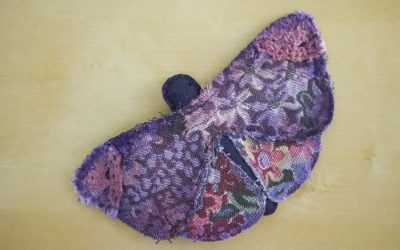
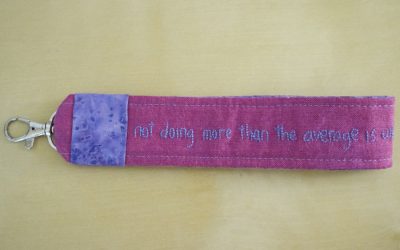
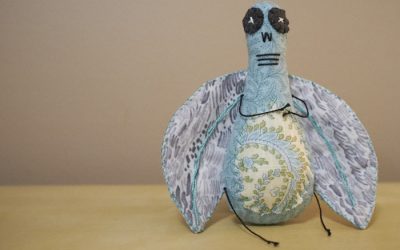
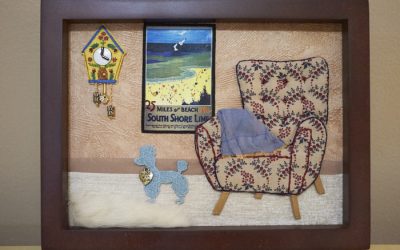
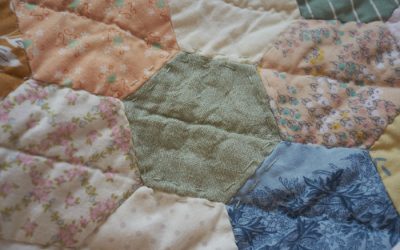
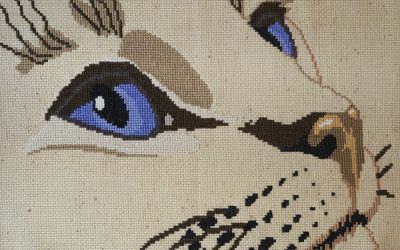

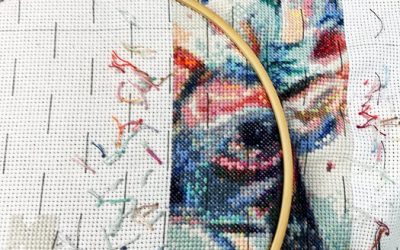
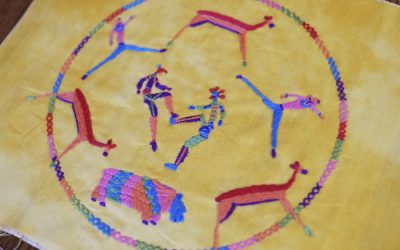
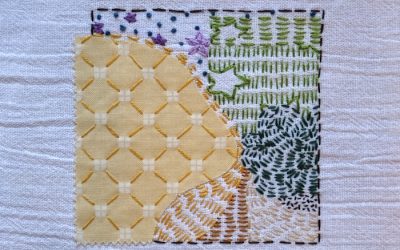
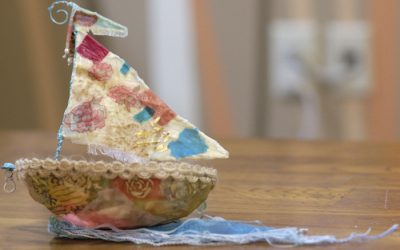

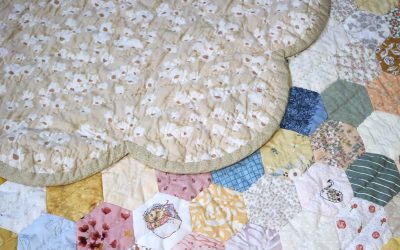

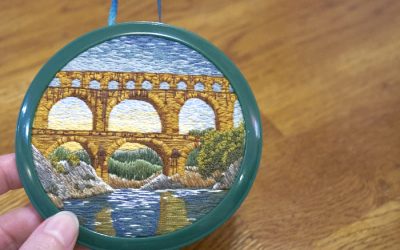




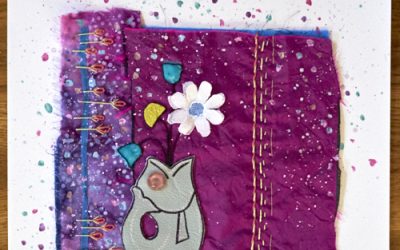
0 Comments